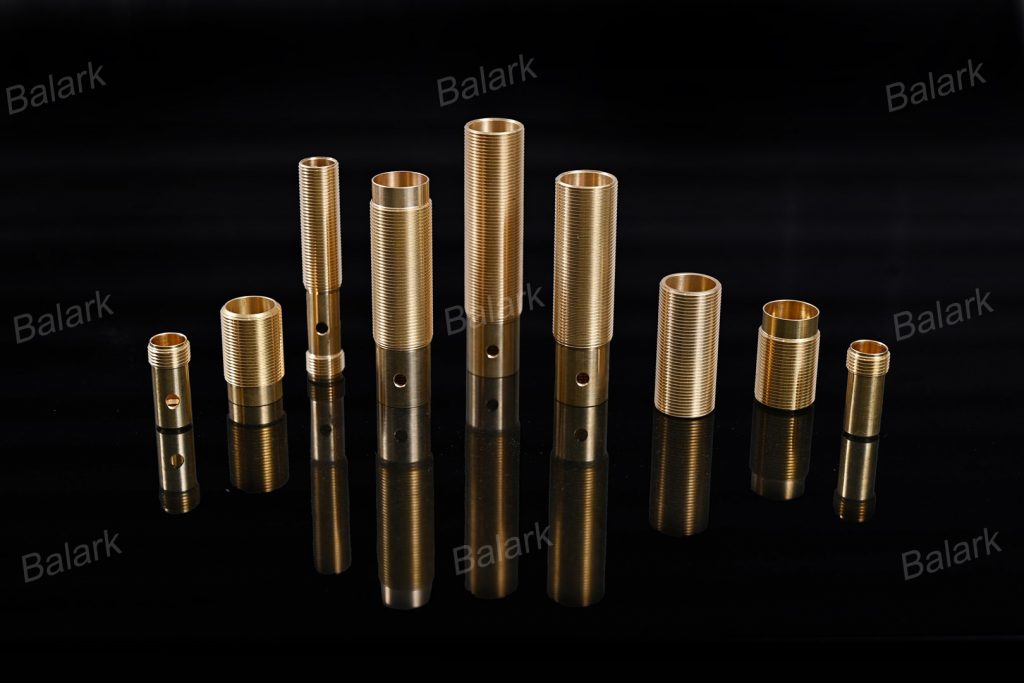Understanding Proximity Sensor Parts: A Comprehensive Guide
Proximity sensors are critical components in various industries, enabling the detection of nearby objects without physical contact. They are widely used in automation, robotics, automotive, and consumer electronics. In this guide, we will explore the different parts that make up a proximity sensor and how they function.
1. Sensor Types
Proximity sensors can be broadly classified into several types based on their operating principles:
- Inductive Proximity Sensors: These sensors use a coil to generate an electromagnetic field. When a metallic object enters this field, it induces eddy currents in the object, which are detected by the sensor.
- Capacitive Proximity Sensors: These sensors detect changes in capacitance when an object enters their detection range. They are suitable for detecting both metallic and non-metallic objects.
- Ultrasonic Proximity Sensors: These sensors use ultrasonic waves to detect the presence of objects. They are ideal for detecting objects at longer ranges.
- Photoelectric Proximity Sensors: These sensors use light beams to detect objects. They can be further classified into diffuse, retroreflective, and through-beam types.
2. Common Parts
Regardless of the type, proximity sensors share some common components:
- Sensor Head: This is the main sensing component of the sensor. It emits the detection signal (electromagnetic field, ultrasonic waves, or light) and receives the signal reflected back from the object.
- Electronics: Proximity sensors contain electronic circuitry that processes the signals received from the sensor head. This circuitry determines the presence or absence of an object.
- Connector: The connector allows the sensor to be connected to external devices, such as a controller or a PLC (Programmable Logic Controller).
- Housing: The housing provides physical protection to the internal components of the sensor. It is typically made of materials such as metal or plastic.
- Mounting Bracket: The mounting bracket is used to secure the sensor in place. It allows for easy adjustment of the sensor’s position.
3. How They Work
The working principle of a proximity sensor depends on its type. Here’s a brief overview:
- Inductive Proximity Sensors: These sensors detect metallic objects by generating an electromagnetic field. When a metallic object enters the field, it disturbs the field, triggering the sensor.
- Capacitive Proximity Sensors: These sensors detect changes in capacitance caused by the presence of an object. When an object enters the detection range, it alters the capacitance, triggering the sensor.
- Ultrasonic Proximity Sensors: These sensors emit ultrasonic waves and measure the time taken for the waves to reflect back from an object. The presence of an object is detected based on the time delay.
- Photoelectric Proximity Sensors: These sensors emit a light beam and detect changes in the beam caused by the presence of an object. The sensor triggers when the beam is interrupted or reflected back.
4. Applications
Proximity sensors find applications in various industries, including:
- Automotive: Used for object detection in parking assistance systems, collision avoidance systems, and automated manufacturing.
- Industrial Automation: Used for detecting the presence or absence of objects on conveyor belts, in packaging machinery, and in assembly lines.
- Consumer Electronics: Used in smartphones for proximity sensing during calls and in touchscreen devices for gesture recognition.
- Robotics: Used for object detection and obstacle avoidance in robotic systems.
5. Considerations for Selection
When selecting a proximity sensor, consider the following factors:
- Detection Range: Choose a sensor with a detection range suitable for your application.
- Object Material: Consider the material of the objects to be detected, as different sensors are suitable for detecting different materials.
- Environmental Conditions: Ensure that the sensor is suitable for the environmental conditions (temperature, humidity, etc.) in which it will be used.
- Output Type: Choose between NPN, PNP, analog, or digital output based on your application requirements.
Conclusion
Proximity sensor parts play a crucial role in various industries by enabling the detection of objects without physical contact. Understanding the different parts and their functions is essential for selecting the right sensor for your application. Whether you need an inductive, capacitive, ultrasonic, or photoelectric sensor, choosing the right part will ensure the success of your automation or robotics project.

